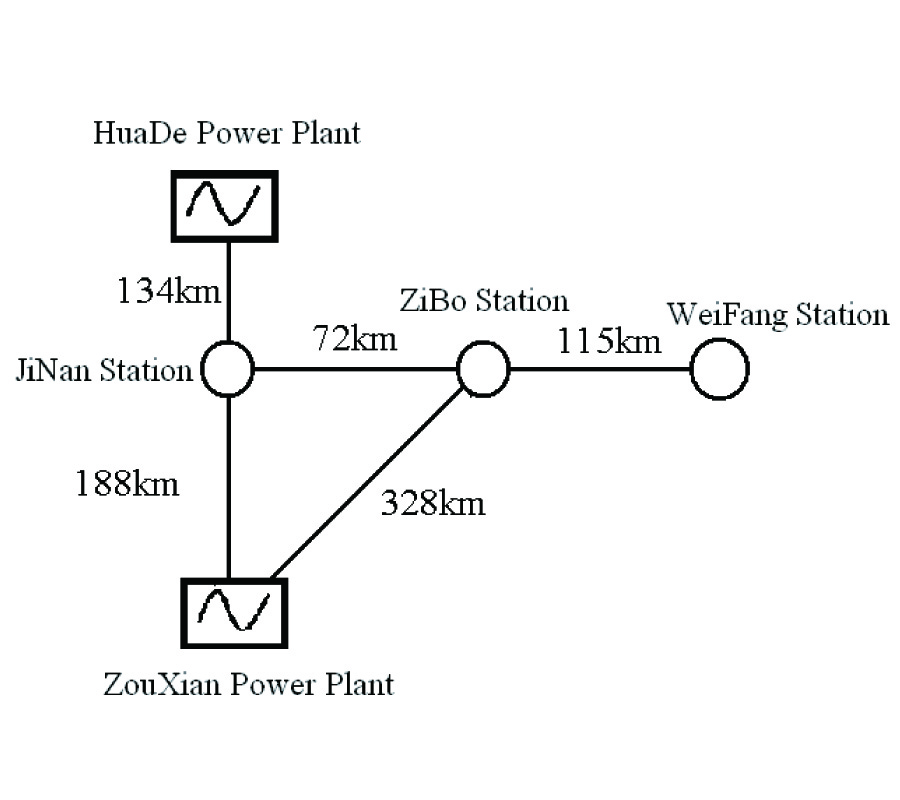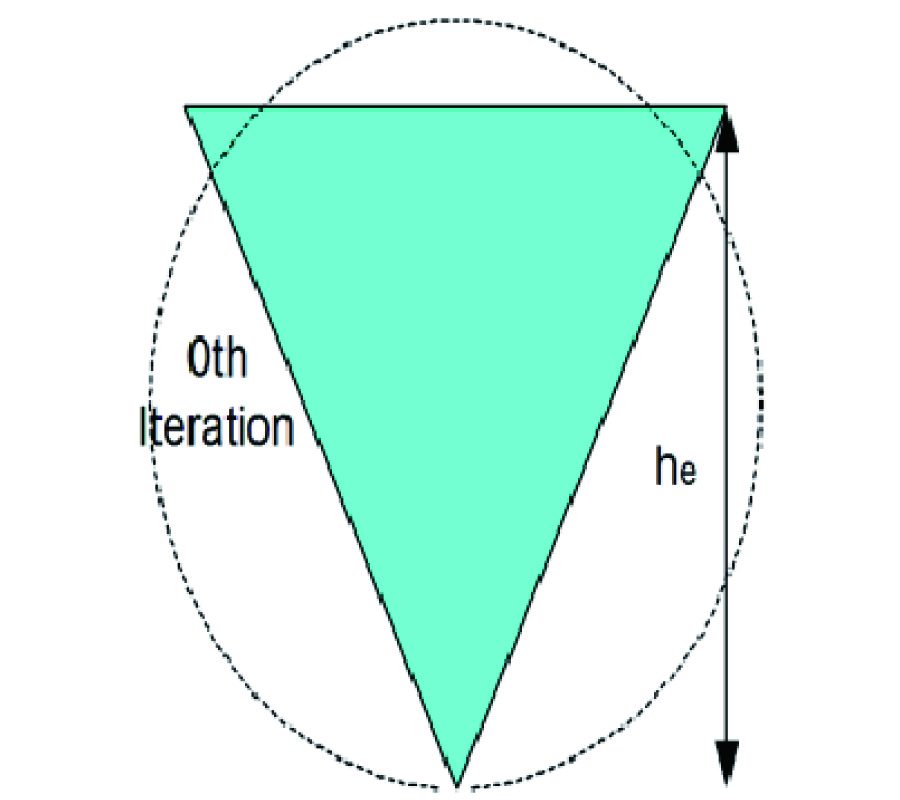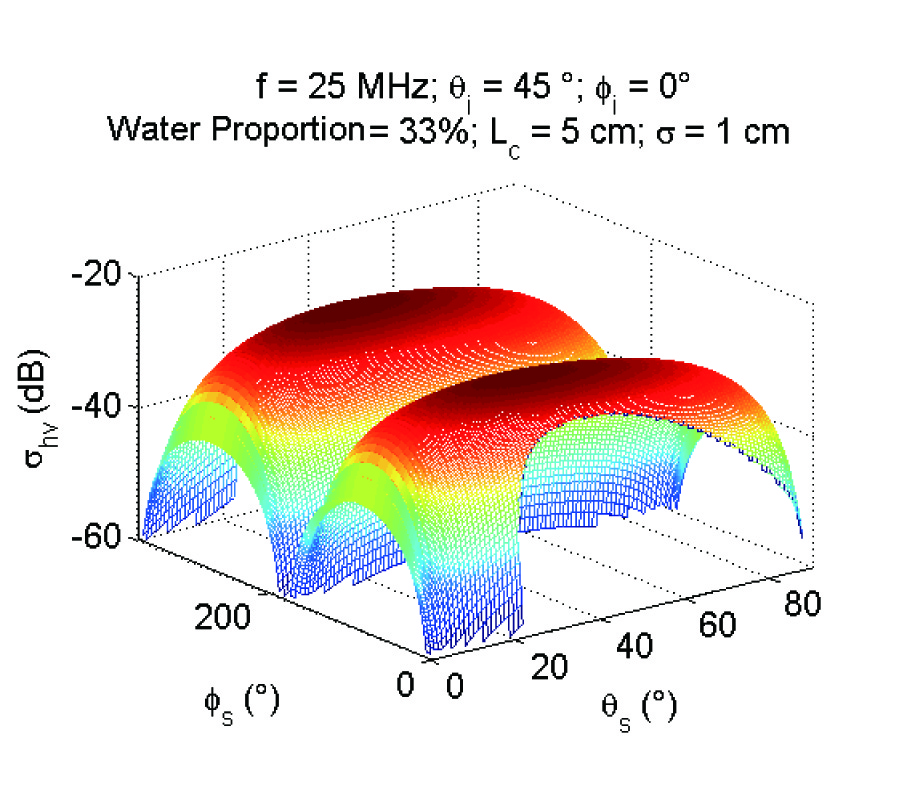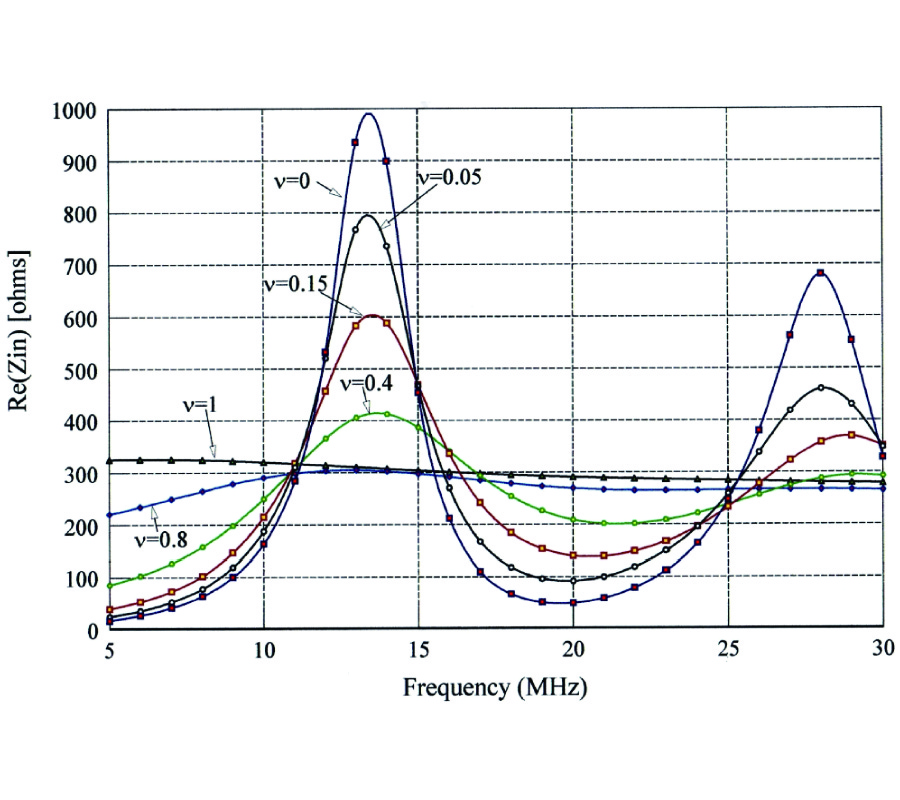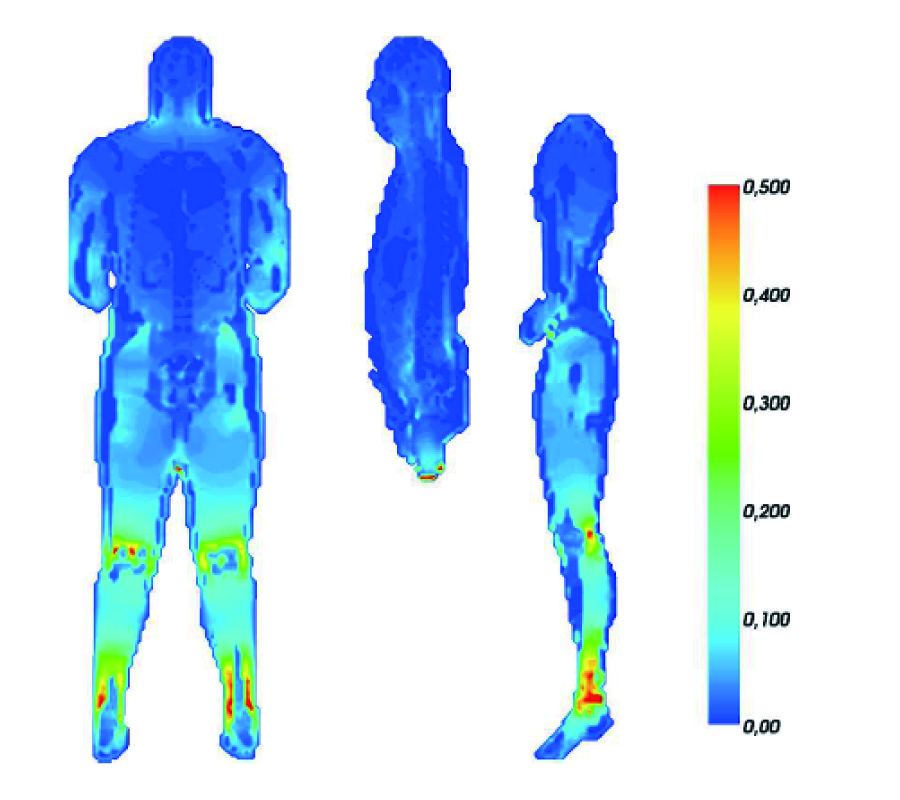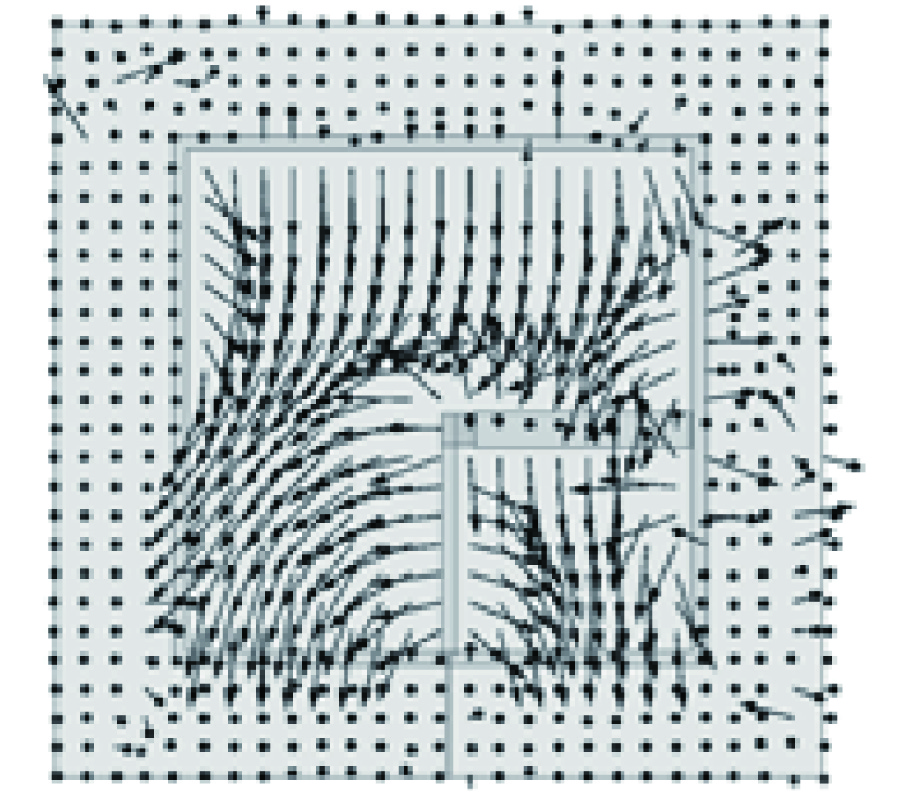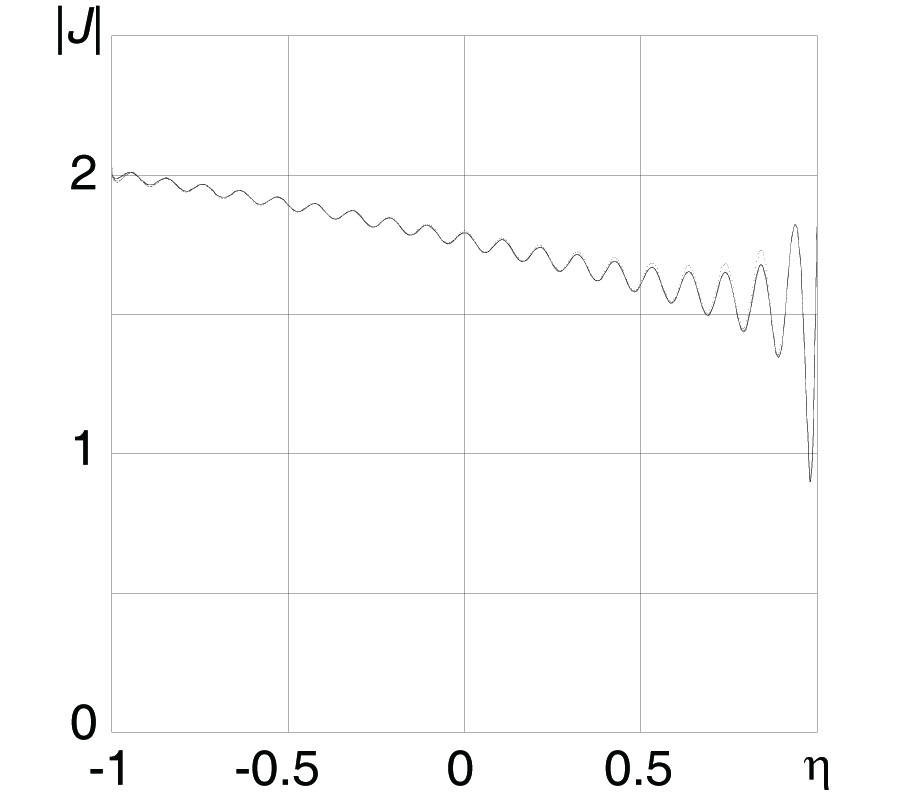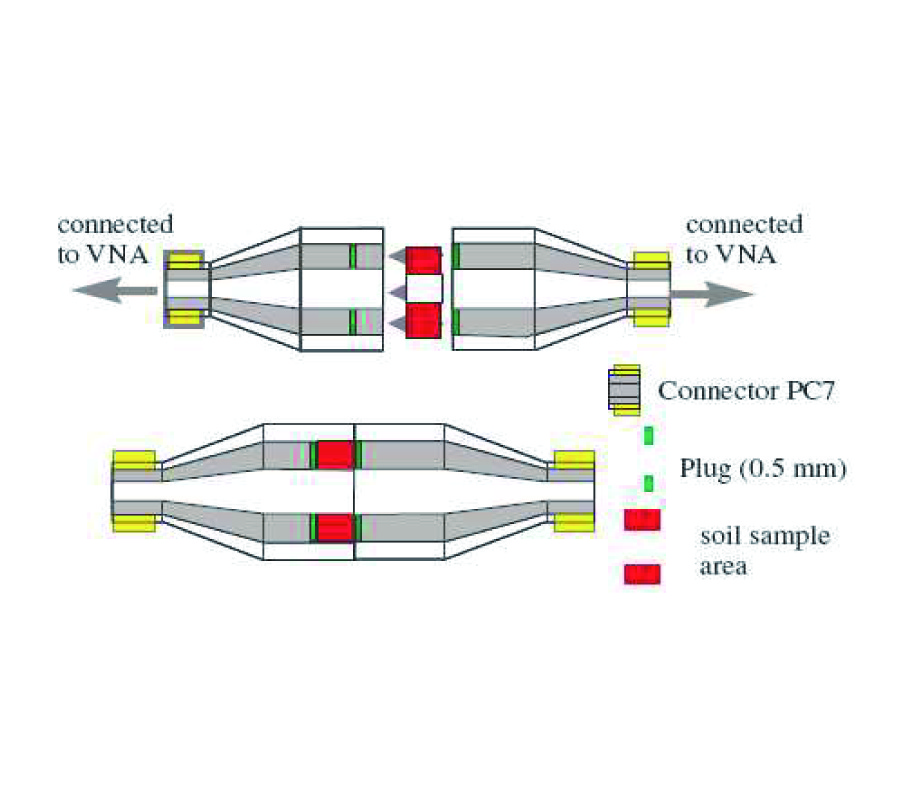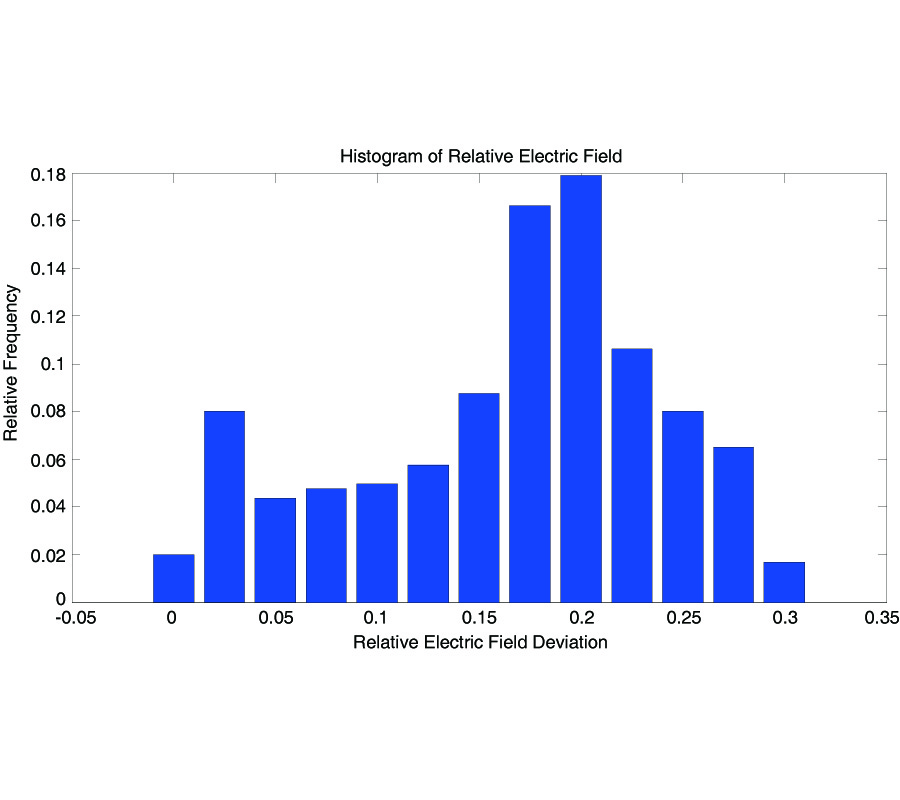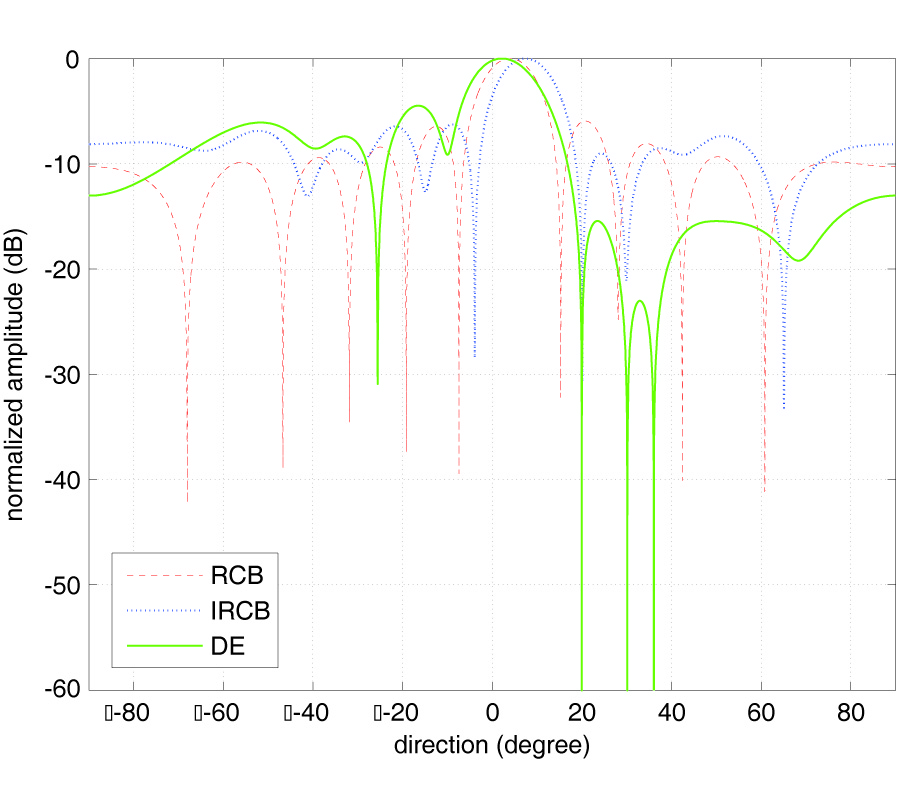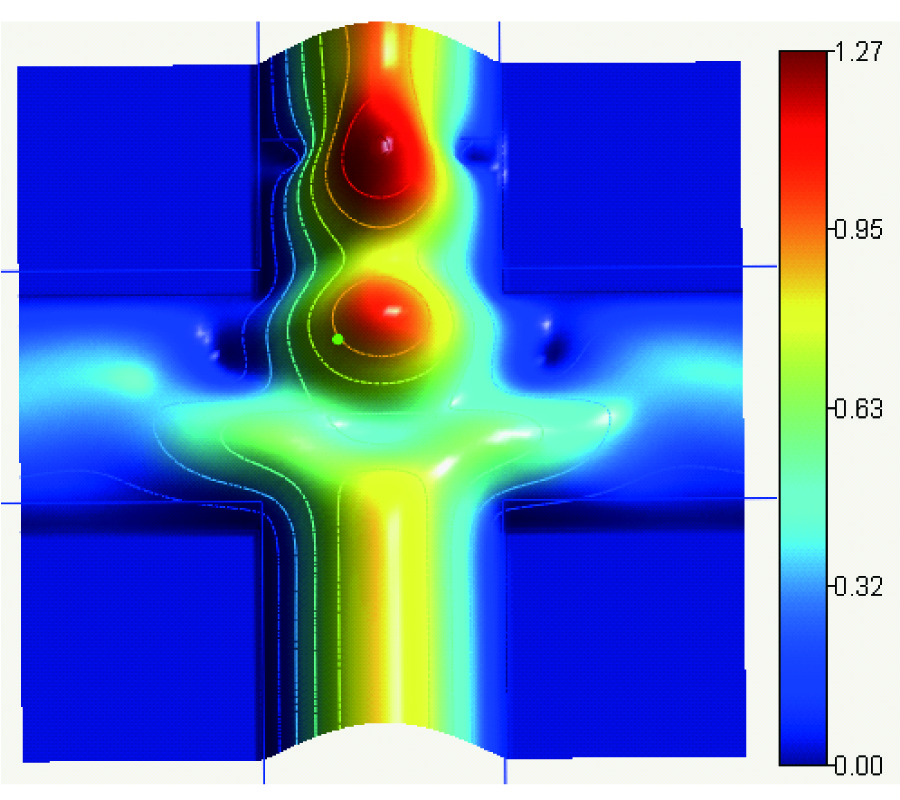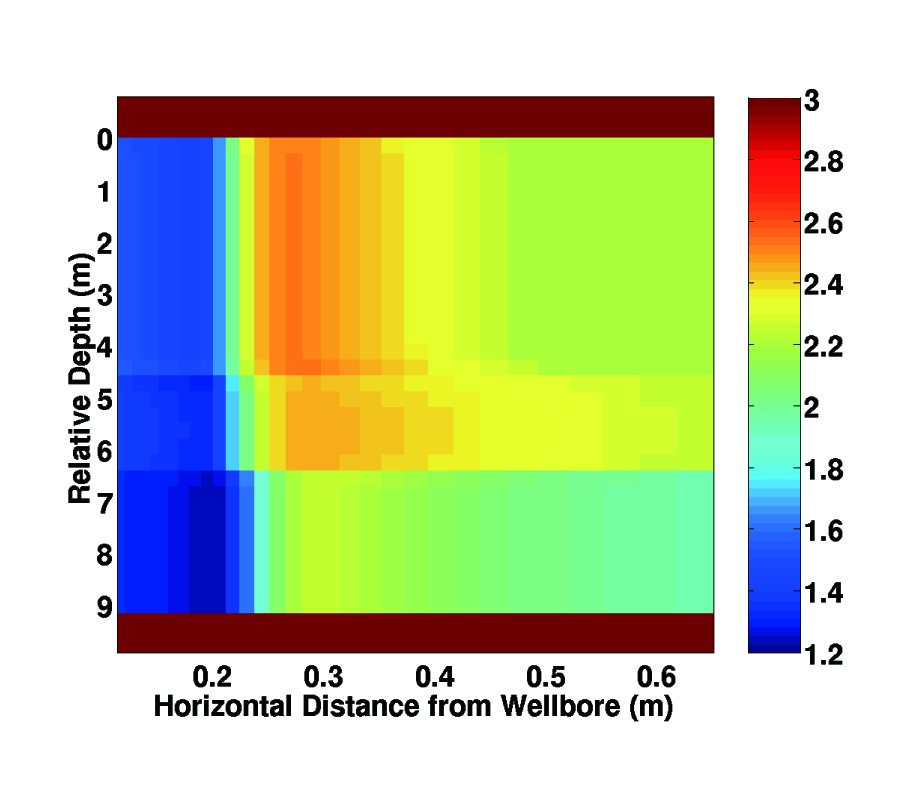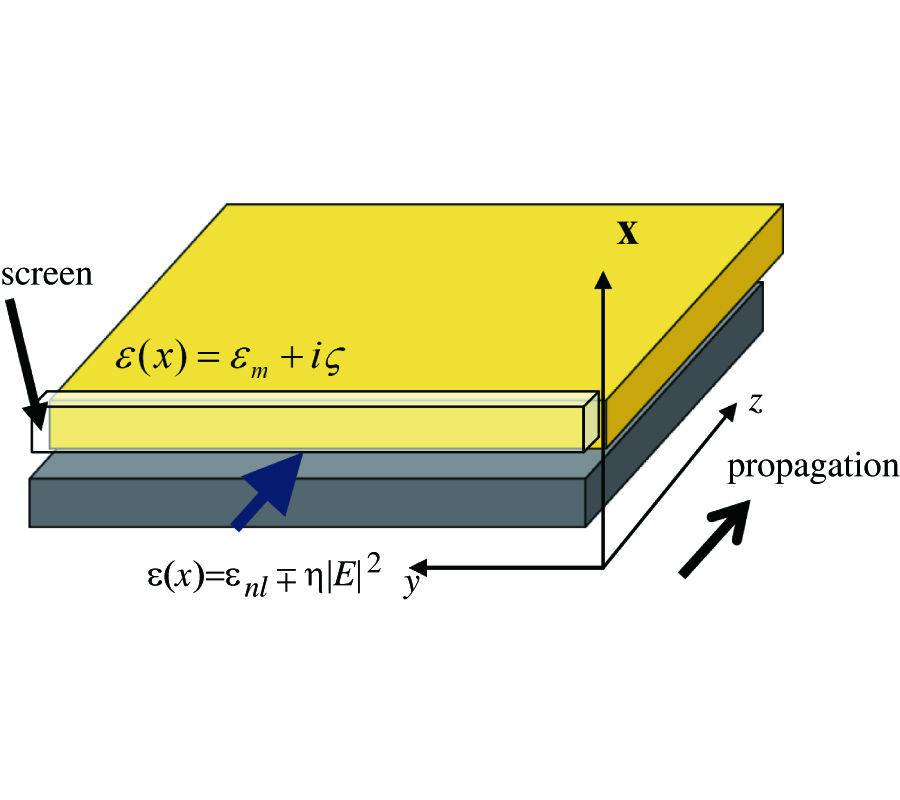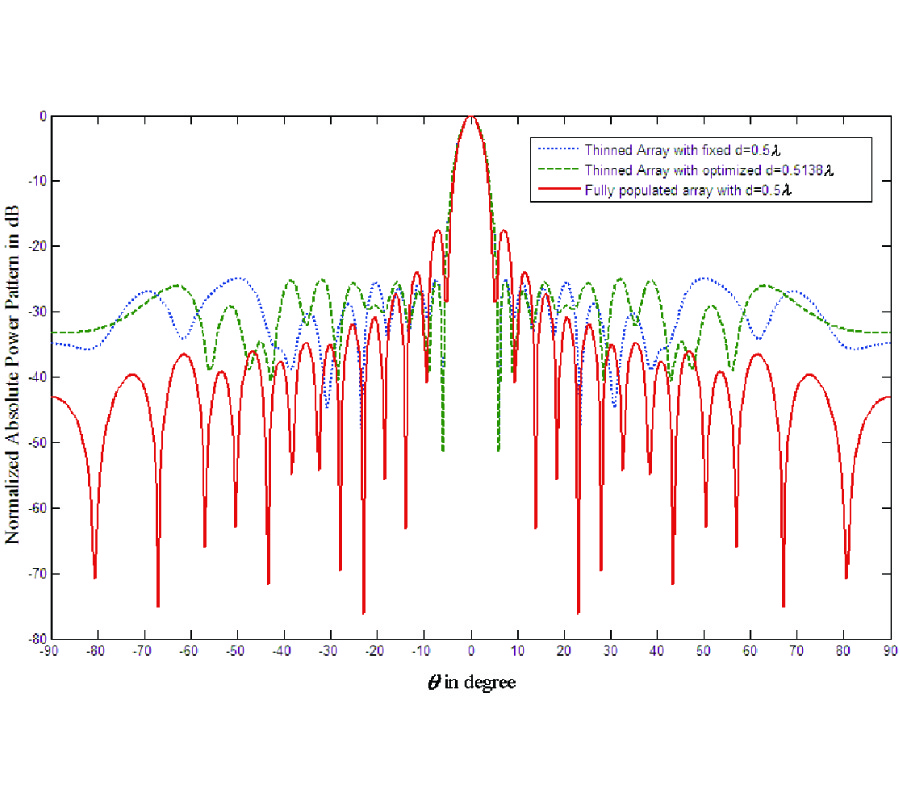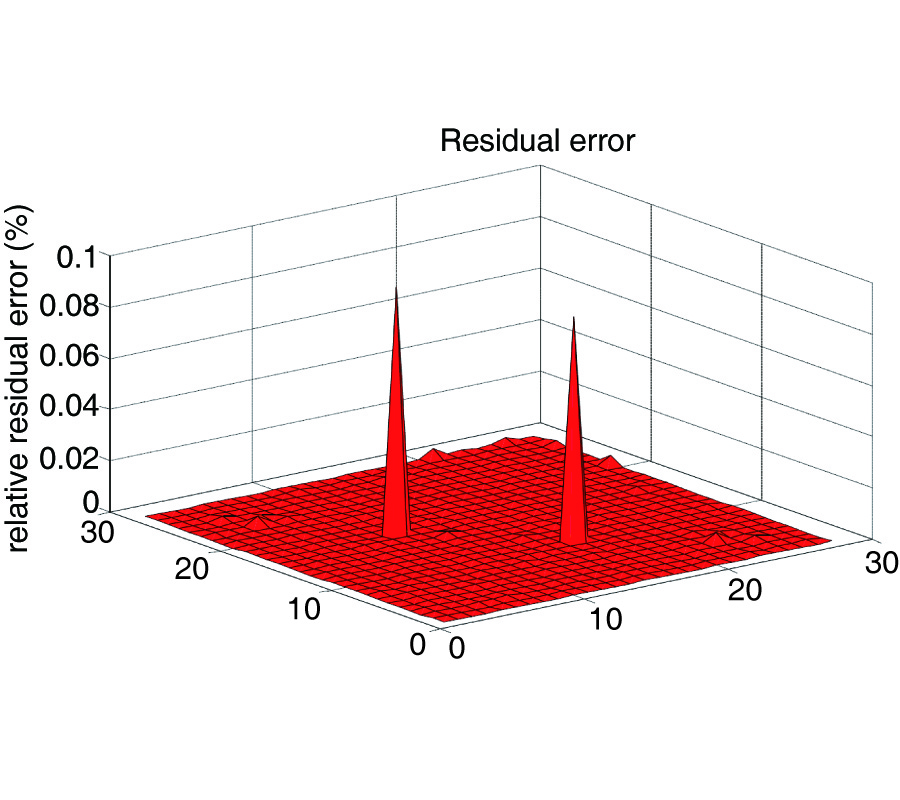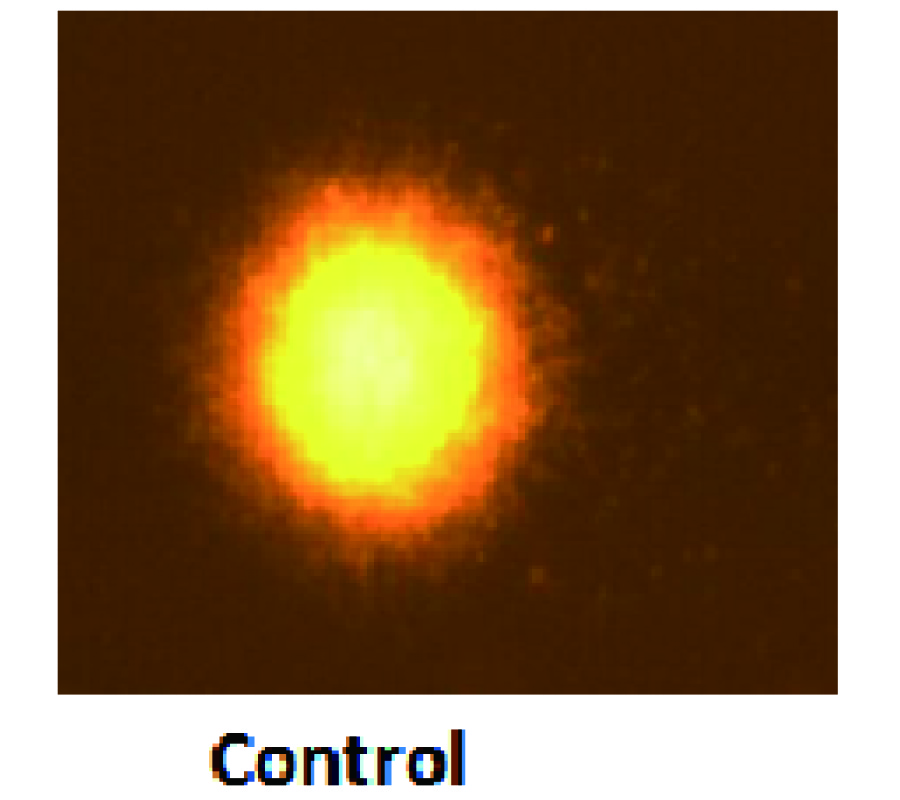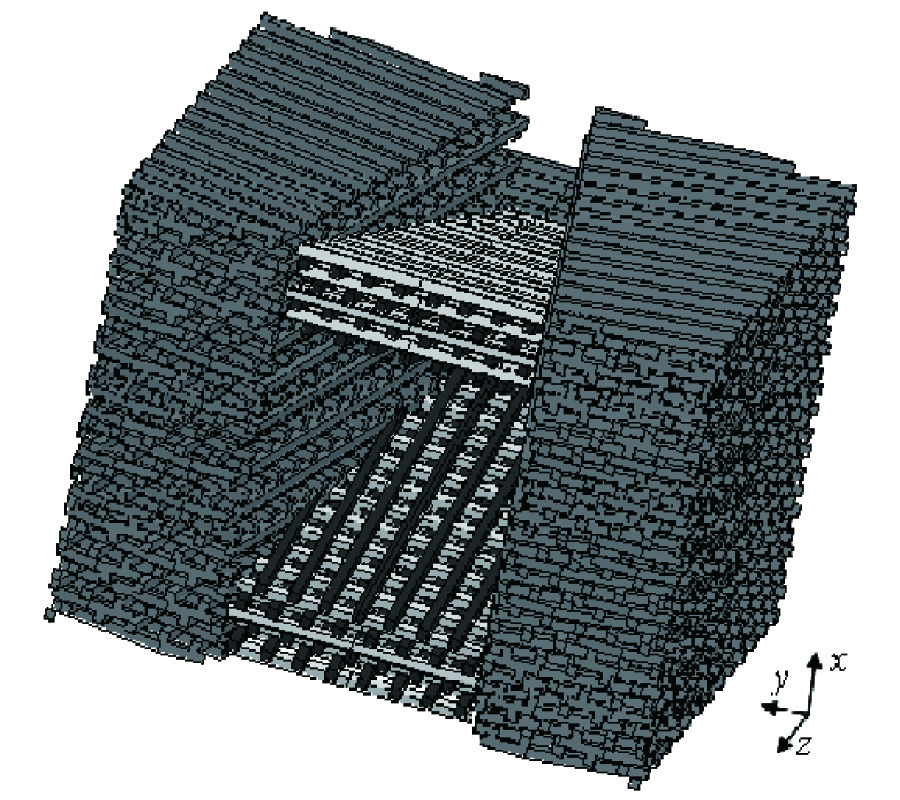2.45 GHz (Cw) Microwave Irradiation Alters Circadian Organization, Spatial Memory, Dna Structure in the Brain Cells and Blood Cell Counts of Male Mice, Mus Musculus
Chandra Mohini Chaturvedi,
Vineet Prakash Singh,
Priyanka Singh,
Priyoneel Basu,
Muniyandi Singaravel,
Ritesh K. Shukla,
Alok Dhawan,
Atanu Kumar Pati,
Ravi Kumar Gangwar and
Surya Singh
Present study examines biological effects of 2.45 GHz microwave radiation in Parkes strain mice. Forty-day-old mice were exposed to CW (continuous wave) microwave radiation (2 h/day for 30 days). Locomotor activity was recorded on running wheel for 12 days prior to microwave exposure (pre-exposure), 7 days during the first week of exposure (short-term exposure) and another 7-day spell during the last week of the 30-day exposure period (long-term exposure). Morris water maze test was performed from 17th to 22nd day of exposure. At the termination of the exposure, blood was processed for hematological parameters, brain for comet assay, epididymis for sperm count and motility and serum for SGOT (serum glutamate oxaloacetate transaminase) and SGPT (serum glutamate pyruvate transaminase). The results show that long-term radiation-exposed group exhibited a positive y (phase angle difference) for the onset of activity with reference to lights-off timing and most of the activity occurred within the light fraction of the LD (light: dark) cycle. Microwave radiation caused an increase in erythrocyte and leukocyte counts, a significant DNA single strand break in brain cells and the loss of spatial memory in mice. This report for the first time provides experimental evidence that continuous exposure to low intensity microwave radiation may have an adverse effect on the brain function by altering circadian system and rate of DNA damage.

